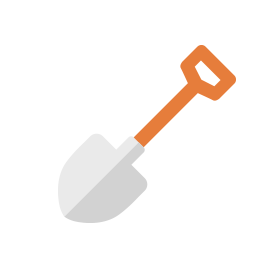1B: Types of physical, motor and sensory skill
There are a range of different types of physical, motor and sensory skills individuals typically master during our development.
Below, we will look at these skills and find out more about them (click the arrow to expand each one or click here to expand all of the examples):

Dig Deeper
Take a look at the presentation "What are the different physical and motor skills we develop" for more detailed information about different physical, motor and sensory skills.

Key Points
- For someone to be an effective learner they will need to develop a broad range of sensory and motor skills
- Many activities require mastery of numerous skills e.g. for effective writing learners will need gross motor, fine motor, posture AND coordination

Thinking Points
- Observe the learners you work with. How do you think their coordination or posture might be affecting various aspects of their life and learning

Supportive Resources
- www.multisensory.lgfl.net - A range of structured support for Multisensory Learning



